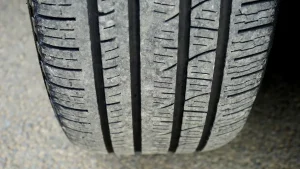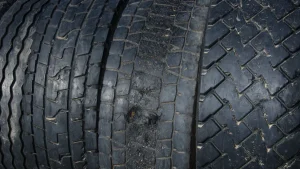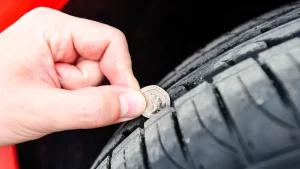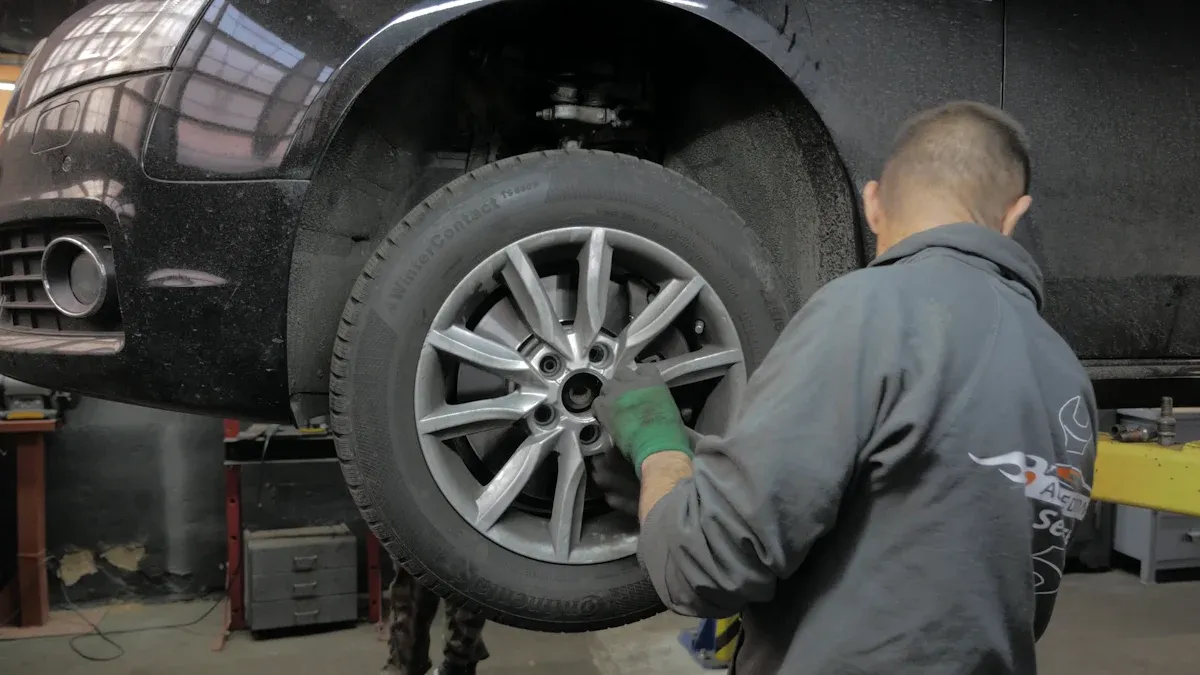
Tire health is very important for your vehicle’s safety. Did you know tire blowouts cause more than 22% of crashes? This shows why regular tire checks are needed. A tire scanner can help you keep track of your tires’ condition. With real-time data on tread depth, you can decide when to replace tires. This smart approach not only improves safety but also helps your vehicle run better. So, why not use your tire scanner today?
Tärkeimmät opit
Use a tire scanner often to check tread depth. This helps find tire problems early. It keeps you safe and saves money.
Digital tire scanners give better and faster results than manual ones. This makes tire care easier and more trustworthy.
Pay attention to tire scanner alerts. They warn you about low tread, uneven wear, or pressure problems. This helps prevent accidents and expensive repairs.
Drive-over and mobile tire tread scanners give quick and accurate data. They help you manage tire health without stopping your vehicle.
Take care of your TPMS by checking sensors. Replace batteries and follow installation steps. This ensures you get accurate tire pressure alerts.
Types of Tire Scanners
There are two main types of tire scanners: manual and digital. Each type has its own good and bad points. Let’s look at them closely.
Manual vs. Digital
Manual tire scanners, like handheld tread scanners, are usually cheaper and easy to use. You just measure the tread depth in different spots on the tire. But this method can have mistakes. You might miss some spots or read the gauge wrong. This can lead to wrong results. Studies show that 82% of people still use handheld gauges, but they often struggle with accuracy and logging data.
Digital tire tread scanners are a better option. They use technology like Optical Character Recognition (OCR) to quickly and accurately scan tire ID numbers. This method cuts down on mistakes and gives steady results. Digital scanners can also connect with inventory systems. This makes it easier to manage tire data. Less than 10% of users currently use these tools, but their accuracy and efficiency are hard to overlook.
Here’s a quick comparison of the two types:
Aspect | Manual Tire Scanners | Digital Tire Scanners |
|---|---|---|
Accuracy | Error-prone, subjective | More accurate, reduces human error |
Usage Frequency | 82% use handheld gauges | Less than 10% use digital options |
Data Logging | 66% rely on manual data logging | 54% moving towards digital processes |
Key Features
When picking a tire scanner, think about these important features:
Quick and Accurate Scanning: Find a scanner that measures tire tread depth and sidewall info quickly.
Digital Integration: Choose a model that makes sharing and tracking tire health data easy.
User-Friendly Interface: A mobile tire tread scanner should be simple to use, even for those who aren’t tech-savvy.
Comprehensive Inspection Support: Make sure it helps with thorough tire inspections, improving safety and cutting down inspection time.
By knowing the differences between manual and digital scanners, you can make a smart choice that improves your tire care routine. Remember, keeping your tires in great shape is very important for your safety on the road!
Identifying Tire Issues
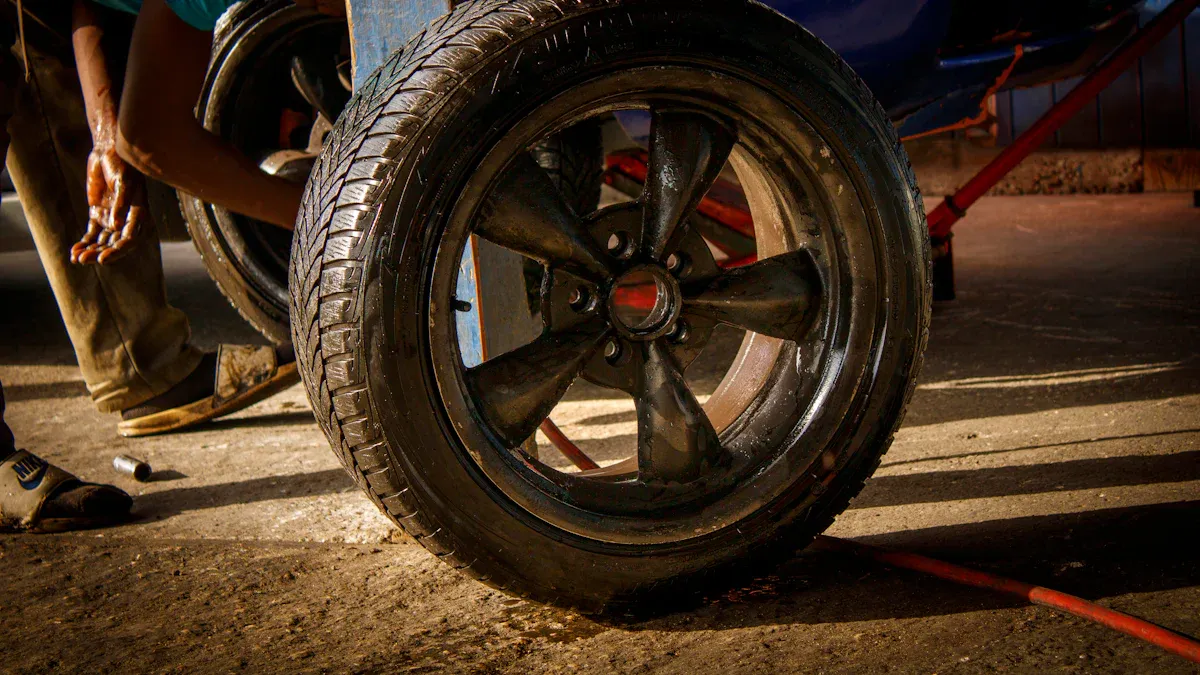
Reading Alerts
When you use a tire scanner, it gives alerts about your tires’ health. These alerts can show different problems, like low tread depth, uneven wear, or sidewall damage. For example, if your tire scanner warns you about low tread depth, it means your tires might not grip the road well. This can raise the chance of accidents, especially when it’s wet outside.
It’s important to understand these alerts. Tire Pressure Monitoring Systems (TPMS) are very helpful. They check tire air pressure and let you know right away if it drops too low. Direct TPMS uses sensors inside each tire to measure pressure accurately. Indirect TPMS estimates pressure changes using wheel speed sensors. These alerts help stop tire failures like blowouts by keeping tires properly inflated. This makes your vehicle safer and easier to handle.
Vinkki: Always listen to the alerts from your tire scanner. They are important reminders for checking and maintaining your tires. This helps you avoid serious tire problems.
Common Problems
Your tire scanner can find many common tire issues. Here are some problems to look out for:
Kiinnitä huomiota näihin merkkeihin, jotka voivat viitata renkaiden kulumiseen:: This can cause less traction and longer stopping distances.
Uneven Wear: This usually means misalignment or wrong inflation, which can lead to early tire failure.
Sidewall Damage: Cracks or bulges in the sidewall can cause blowouts.
Pressure Issues: Both too much and too little air can hurt tire performance and safety.
Advanced tire tread analysis tools, like high-resolution digital imaging and machine learning, make these checks more accurate. For example, a recent study showed how these tools matched tire tread evidence to a specific vehicle. This helped find a suspect. This shows how useful tire scanning can be for spotting problems early, which helps with safety and legal matters.
Regular checks and finding tire problems early can lower maintenance costs a lot. By catching issues like air leaks or pressure drops quickly, you can avoid expensive repairs and save on fuel. Experts say that finding problems early can cut down serious tire failures by up to 83%. This lets you fix issues before they get worse.
Tire Tread Scanning Techniques
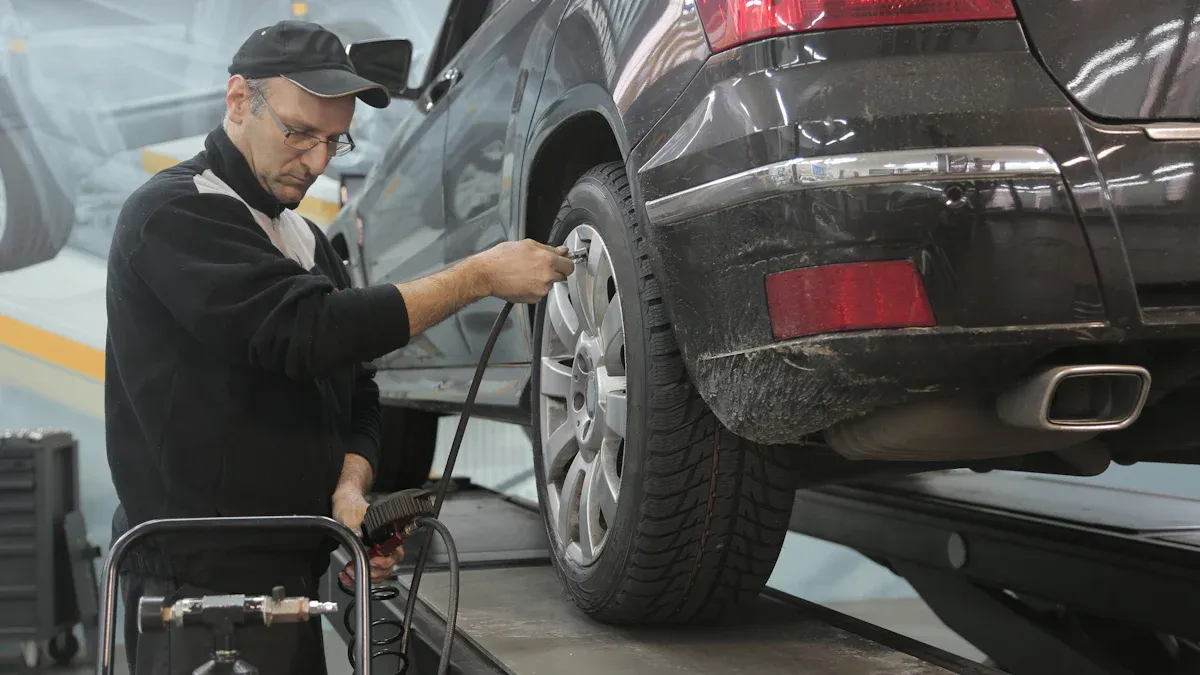
Drive-Over Scanners
Drive-over tire tread scanners are great for checking tire health. These systems let cars drive over sensors that measure tread depth all the time. This technology gives real-time data. It helps fleet managers track tire conditions without stopping the vehicle. Here are some benefits of using drive-over scanners:
Tehokkuus: You can scan many tires at once, saving time during checks.
Accuracy: These systems give exact measurements, lowering human error chances.
Data Integration: Many drive-over scanners connect to cloud systems. This lets you access tire data anytime and anywhere.
For commercial fleets, this technology is very useful. It automates data collection and helps you make smart choices about tire care. This improves safety and cuts costs.
Manual vs. Scanner
When you compare manual tire checks to tire tread scanners, the differences are clear. Manual methods, like the penn test or using a mechanical gauge, often give mixed results. These checks can be subjective and need careful placement for accuracy. On the other hand, tire tread scanners use advanced tech like AI and computer vision for reliable measurements.
Here’s a quick comparison:
Menetelmä | Kuvaus | Advantages | Limitations |
|---|---|---|---|
Manual Checks | Basic methods like the penny test or mechanical gauges. | Simple and low-cost for quick checks. | Subjective, prone to errors, and less accurate. |
Tire Tread Scanners | Use advanced technology for precise measurements. | High accuracy, reduces human error, and saves time. | Initial investment may be higher. |
Recent advancements in tire tread scanning, like mobile tire tread scanners, make it easy to check tire health. These devices use your smartphone’s camera to create 3D models of tire tread depth. They provide accurate data without needing expensive tools. This technology not only boosts safety but also improves customer satisfaction by giving clear maintenance advice.
By using these modern scanning techniques, you can keep your tires in great shape, making your driving safer.
TPMS Maintenance and Troubleshooting
Regular Checks
Keeping your TPMS working well is very important for your safety. Regular checks help make sure your tire pressure monitoring system works right. Here are some steps to maintain your TPMS:
Calibrate Regularly: Always calibrate your TPMS as the manufacturer says, usually during vehicle service.
Monitor Sensor Battery Life: Check how long your sensor batteries last. Replace them when they run out, usually after 5 to 10 years.
Visual Inspections: Look at your tires often for any damage that the TPMS might miss.
Seasonal Adjustments: Change your tire pressures with the seasons to match temperature changes.
Sensor Replacement: When you need to replace sensors, do this:
Get the right tools and make sure your vehicle is stable.
Loosen the lug nuts and lift the vehicle to take off the tire.
Let air out of the tire by removing the valve core.
Take out the old sensor and put in the new one tightly.
Put the tire back together, inflate it to the right pressure, and reattach it.
TPMS Relearning: After putting in new sensors, do a relearning process. You can do this by hand or with an OBD-II tool. Make sure the TPMS light goes off and the right tire pressures show up.
Following these steps will help keep your TPMS working and your vehicle safe.
Common Issues
Even with regular care, you might see some common TPMS problems. Here’s what to watch for and how to fix them:
Physical Damage: This is the main reason for TPMS sensor failure. Extreme temperatures and vibrations can hurt sensors. Always be careful with sensors during tire changes to avoid breaking them.
Corrosion: Things like salt and water can cause corrosion, which shortens sensor life. Use the right valve cores and nuts to stop galvanic corrosion.
Battery Failure: Sensor batteries usually last about seven years. When one battery dies, think about replacing all sensors to save on costs and labor.
Improper Installation: If you don’t follow the right steps during installation, you might break sensor stems or damage parts. Always use TPMS-compatible tools to avoid this.
To troubleshoot these issues well, try these methods:
Auto Relearn Procedure: Drive your vehicle at moderate speeds to let the system automatically find and register sensors. This method is easy but may not work for all vehicles.
Manual Relearn Procedure: Use your dashboard controls to enter relearn mode, then activate each sensor one by one with a TPMS activation tool.
OBD-II Relearn Procedure: Use an OBD-II scanner to read sensor IDs and upload them to the vehicle’s control module. Then, take a verification drive.
By knowing these common issues and how to fix them, you can keep your TPMS working well and make your vehicle safer.
Checking your tires often is very important for your safety. By watching your tires, you can find problems early and save money on repairs. Make tire checking a regular part of taking care of your vehicle. Here are some helpful tips:
Look at tire pressure every month with a tire gauge.
Check tread depth often using easy tests like the penny test.
Change the position of your tires every 5,000 to 8,000 miles to keep them wearing evenly.
For more details, visit the U.S. Tire Manufacturers Association (USTMA). They provide helpful advice on tire care, like how to inflate them properly and check tread depth. Remember, taking care of your tires makes driving safer, helps save fuel, and makes your tires last longer. Enjoy your drive! 🚗💨
UKK
What is a tire scanner?
A tire scanner is a tool that checks your tires. It measures how deep the tread is, finds wear patterns, and warns you about problems. This helps keep your tires healthy and makes driving safer.
How often should I use my tire scanner?
You should use your tire scanner at least once a month. Regular checks help you find problems early. This way, your tires stay safe and work well on the road.
Can I use a tire scanner in any weather?
Yes, most tire scanners work in different weather. But avoid using them in very hot or cold temperatures or heavy rain. These conditions might change how accurate they are.
Do I need special training to use a tire scanner?
No special training is needed! Most tire scanners are easy to use. Just follow the instructions that come with your device, and you can check your tires without trouble.
What should I do if my tire scanner alerts me?
If your tire scanner alerts you, check the problem right away. Fix issues like low tread depth or pressure problems to keep yourself safe and stop more damage.
Katso myös
The Importance Of Measuring Tire Tread Depth For Safety



